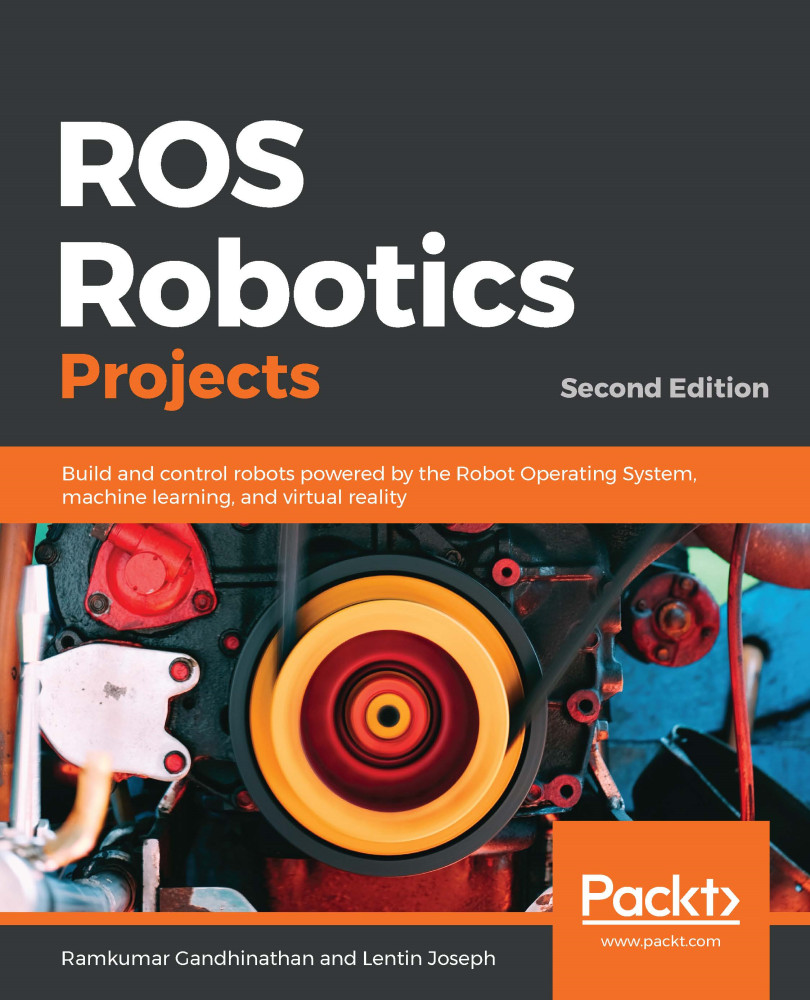Until now, we have been discussing deep neural networks and some of their applications in robotics and image processing. Apart from neural networks, there are a lot of models available to classify data and make predictions. Generally, in machine learning, we can teach the model using supervised or unsupervised learning. In supervised learning, we train the model against a dataset, but in unsupervised, it discovers groups of related observations called clusters instead.
There are a lot of libraries available for working with other machine learning algorithms. We'll look at one such library called scikit-learn; we can use it to play with most of the standard machine learning algorithms and implement our own application. scikit-learn (http://scikit-learn.org/) is one of the most popular open source machine learning libraries for Python. It provides...

































































